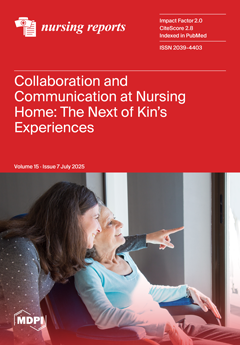Hip fractures in elderly patients pose significant clinical challenges, confronting us with high morbidity and mortality rates. A comprehensive geriatric assessment plays an important role in determining prognosis as well as the indication for surgery.
Aim: In this study, we aim to (1) assess frailty-based functional status in seniors with hip fractures, (2) evaluate geriatric assessment’s predictive value for postoperative recovery, and (3) analyze 1-year postoperative survival.
Material and Methods: This prospective study included 60 senior patients admitted for hip fracture in the Orthopedics Department. Patients were examined using geriatric assessment instruments Mini Mental State Examination (MMSE), Geriatric Depression Scale (GDS), Mini Nutritional Assessment (MNA), and Frailty Groningen Indicator (GFI). We recorded the sex, marital status, number of comorbidities, and number of recommended drugs.
Results: In total, 65% of patients were frail pre-surgery; the proportion increased post-surgery to 86.7%; (
p = 0.005). Age greater than 80 years and unmarried marital status were associated with higher frailty risk (
p = 0.04;
p = 0.03). Preoperatively, important predictors of frailty were mild–moderate cognitive impairment (
p = 0.017), mild–moderate depression (
p = 0.01), and malnutrition (
p = 0.04). Postoperatively, only mild–moderate cognitive impairment (
p = 0.04) and mild–moderate depression (
p = 0.01) proved to be important predictors of frailty. According to the ROC curve, good predictors of postoperative frailty were shown to be preoperative frailty and the degree of polypharmacy and comorbidity. Of all parameters predictive of postoperative frailty, only the number of medications reached statistical significance (
p < 0.038). The study identified a 1-year all-cause mortality rate of 42.6% in elderly patients who underwent hip fracture surgery, with a significant association between mortality and preoperative MMSE, GDS, and MNA scores.
Conclusions: Complex geriatric assessment of senior patients with hip fracture can stratify postoperative risk and predict 1-year mortality and postoperative functional recovery. Key predictors include cognitive status, depression, malnutrition, and comorbidities. Multidisciplinary care and standardized evaluation are essential for improving outcomes.
Full article






